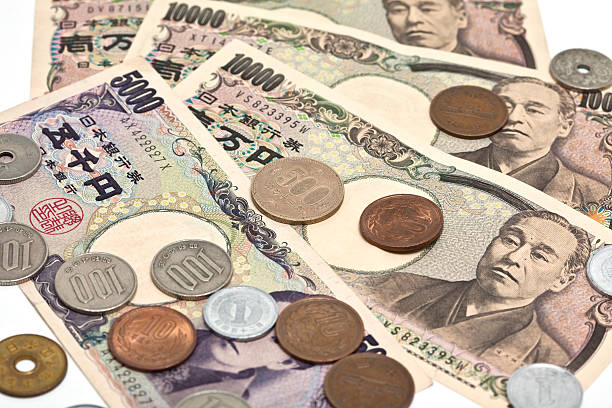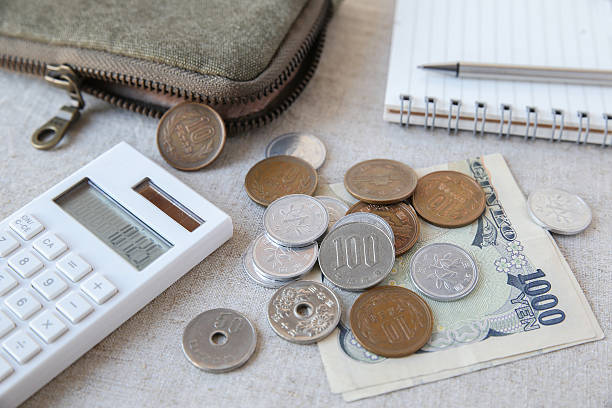The Japanese Yen slid lower overnight with the US Dollar gaining against most currencies, but it was more pronounced against the Yen. USD/JPY made a high of 132.89 going into the New York close, which was just shy of last week’s peak of 133.00. it has eased so far through the Asian session. The end of March marks the fiscal year-end for Japan. Some of the recent weakness in the currency has been attributed to potential flows from this accounting event. The apparent resolution of the problems within the banking sector has led to an increase in risk appetite this week. The perceived safe-haven status of the Yen may have served to undermine it on this latest move. Treasury yields have held steady over the past 24 hours after recovering from the selloff seen when the SVB Financial collapse became apparent. It is being reported that Federal Reserve Chair Jerome Powell met privately with a group of Republicans yesterday. When asked about further rate hikes, he pointed toward the dot plots from the last Federal Open Market Committee (FOMC) meeting. The dots point toward one more rate hike this year. The market is pricing in a 50:50 chance of a 25 basis point lift from the Fed at the next meeting in early May.In contrast, the Bank of Japan (BoJ) is anticipated by markets to keep its monetary at an ultra-loose stance for the time being.

While the New Governor Kazuo Ueda Has Taken Up His Role,
the outgoing Governor Haruhiko Kuroda will remain in his role until April 8th. Once this transition is complete, the market is not expecting any drastic changes in the near term. There is speculation that the new Governor might look to subtly change tack at some stage, potentially toward the end of this year. The BoJ currently have a policy rate of -0.10% and is maintaining yield curve control (YCC) by targeting a band of +/- 0.50% around zero for Japanese Government Bonds (JGBs) out to 10-years. Given the volume of JGBs that they hold, any increase in the YCC target band could see the bank register significant marked-to-market losses on their bond holdings. With that in mind, Treasury yields might exert more influence over USD/JPY than JGBs. Looking ahead, the US will see a plethora of crucial data later today, including GDP, jobs data and personal consumption figures. The focus will be on the core personal consumption expenditure (PCE) number. This is the Fed’s preferred measure of inflation and may provide clues for their rate path.
USD/JPY AGAINST 1- AND 10-YEAR TREASURY YIELDS

